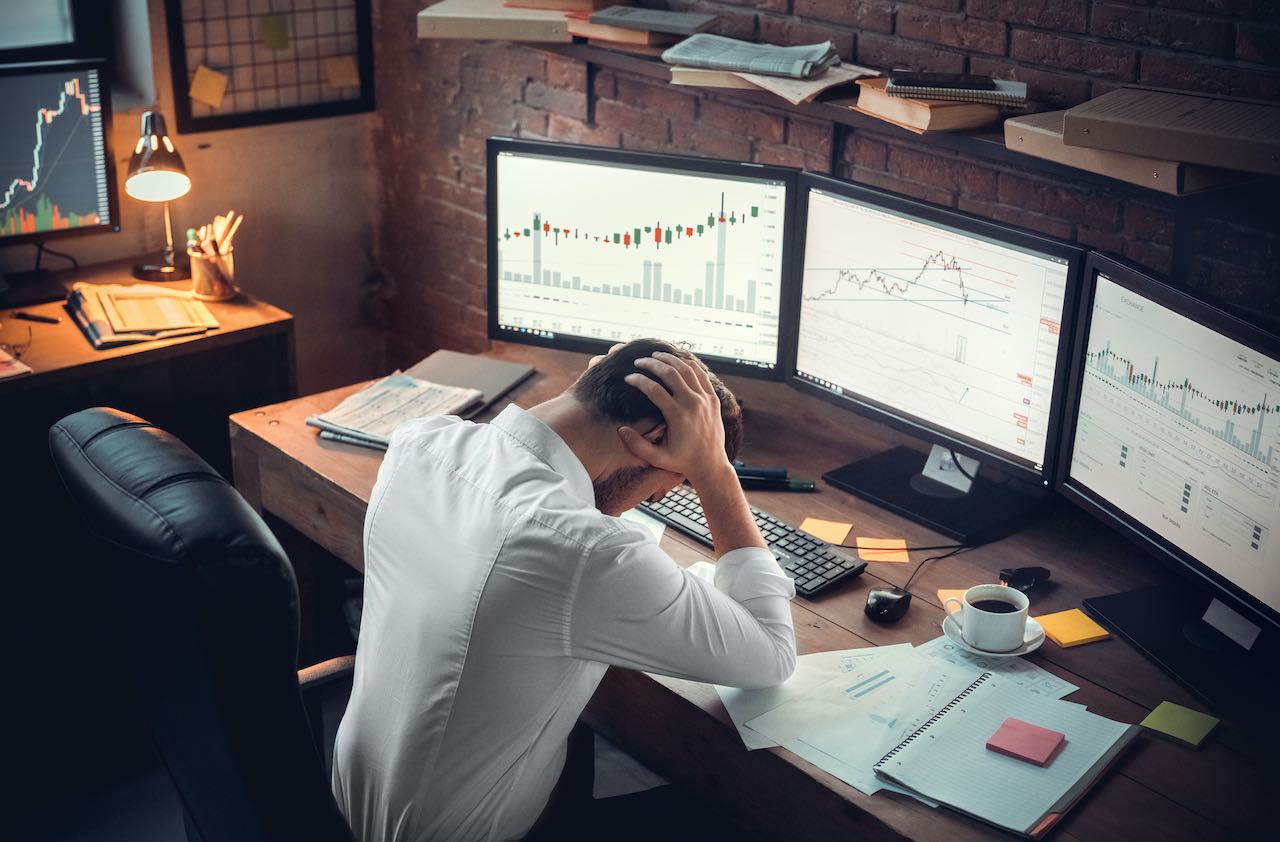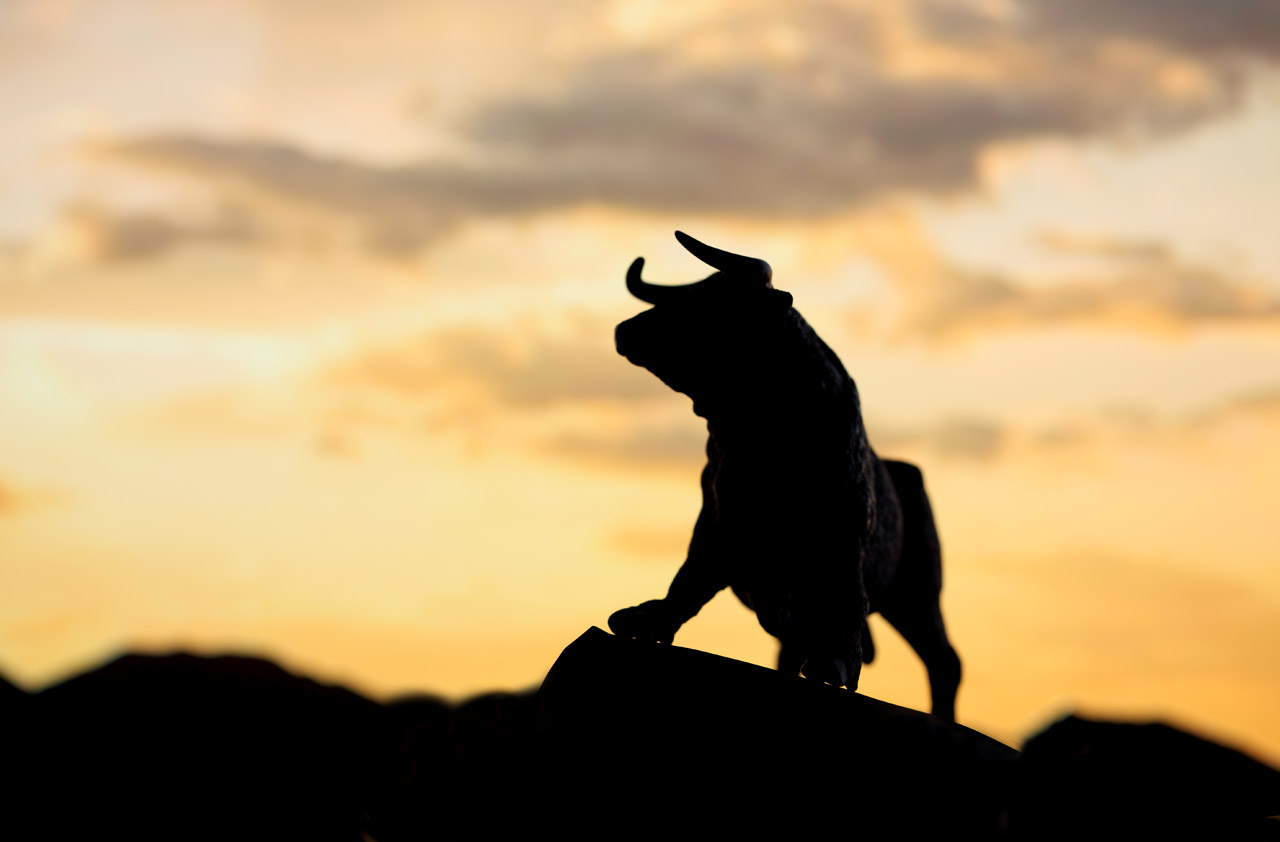The Trillion-Dollar Fund Company
Can American Funds overcome its heft and continue to perform well? Don't bet against it. This unusually creative company has, in essence, cloned itself to deal with its size.

The American Funds company is the nation's largest fund family -- and the first ever to manage more than $1 trillion in stock, bond and balanced funds. Yet many investors have never heard of the American funds. Maybe it's time you took a look.
The company crossed the trillion-dollar threshold last October, followed by the widely familiar Vanguard fund company in April.
That you don't hear much, if anything, about the American funds is deliberate. Capital Research and Management, which runs the funds, decided many years ago to market exclusively through brokers and financial advisors. "We think it gets the right people into the right funds for the right reasons," says Chuck Freadhoff, a vice-president of the firm.

Sign up for Kiplinger’s Free E-Newsletters
Profit and prosper with the best of expert advice on investing, taxes, retirement, personal finance and more - straight to your e-mail.
Profit and prosper with the best of expert advice - straight to your e-mail.
But look how big these funds have become. Growth Fund of America has swollen to $184 billion, making it the nation's largest fund; EuroPacific Growth, the largest foreign fund, has $112 billion in assets, and Capital Income Builder has $100 billion.
These funds must have been doing something right to become so big. Indeed, they have. You hear investment advisers often utter these words: "I've never had to apologize for putting a client in an American fund."
The funds not only hold their own in bull markets, but they often shine in bear markets. If you use a financial professional, these are some of the best funds you can buy. Unfortunately, however, you'll have to pay sales commissions to buy any of these funds (unless you're lucky enough to have load-waived versions of them in your 401(k) or other employer-sponsored retirement plan).
The question for the giant Los Angeles-based outfit is whether its funds can continue to put up great numbers despite the phenomenal growth they've experienced since the 2000-02 bear market.
Dealing with its size
Asset bloat is not a new issue for the American funds. "The asset bloat conundrum has been around for years," says Michael Hirsch who designs fund portfolios for clients at Merrill Lynch. "When a fund's performance falls into the bottom half of its peer group for an extended period, I'll begin worrying; not before." I couldn't put it better myself.
The company's latest way of dealing with asset growth is as imaginative as it is sensible: It has cloned itself. Really. It has divided its 165 portfolio counselors and analysts into two halves: Capital Research Global Investors and Capital World Investors.
The two terms mean the same thing. It's akin to splitting into two teams for a pickup softball game. Capital tried to ensure that a sufficient number of growth managers and value managers, tech specialists and foreign mavens ended up on each "team." World or Globe manages some funds completely, and they share in management of some.
World and Global occupy different floors, and members are discouraged from talking shop with people on the other team even during off hours or in the employee lunch room -- the only place their paths cross during working hours. There are even two trading desks. "They don't hold joint meetings, investment research isn't shared, and investment decisions aren't shared," Freadhoff says.
The American funds are, in essence, now run by two groups, rather than one, and each is responsible for roughly $500 billion -- still a huge chunk of change, but easier to handle than $1 trillion.
Freadhoff says the main reason for dividing was that ad hoc groups, which are greatly encouraged at Capital, had become too big. So meetings to discuss high-dividend stocks, for instance, had come to include 30 people, instead of 15. Now, there are two groups, both of more manageable sizes.
The American way
This is hardly the first time the American funds have come up with an innovative solution to a big problem. Launched in 1931, the company adopted a flat management structure long before it was popular. Every professional occupies the same size office; there are no big corner offices. Every management official, including the chairman and the president, manage money. Truth be told, titles mean little at the firm.
In addition, the firm long ago split up management of individual funds among several "portfolio counselors." Most funds have seven or eight counselors, each of whom manages a percentage of the fund. The research analysts, meanwhile, generally manage 25% of each fund. Compensation for portfolio managers depends on how their portion of the fund performs over rolling four-year periods, as well as how the fund as a whole does. At meetings, "everyone will talk about an investment idea, but at the end of the day, everyone makes his or her own decision," Freadhoff says. "Still, you have every incentive to see your colleagues do well."
Analysts aren't considered inferior beings, as they are at some firms. Indeed, many American funds analysts have made careers studying one or several industries. Analysts can get paid just as much as portfolio managers. The only difference between the two is that analysts buy stocks only in the industries they cover.
The company is highly profitable and is owned entirely by its employees. Throw in the flat management structure and you can see why it's rare for anyone to leave the firm. "In the past 20 years, we've not had a portfolio counselor leave other than for retirement or death," Freadhoff says.
The American funds didn't invent overseas investing. But they seized on it early -- in the 1950s. By the 1960s, many of the funds were including foreign stocks, and today most of the nominally domestic stock funds take a global approach.
The funds don't make big bets. It's rare for a fund to invest as much as 4% in a stock. Turnover is also low; only about 25% of a fund's stocks are traded annually.
As good as they are, I wouldn't recommend buying an American fund if you have to pay a load to get it. (You can't buy without using an adviser.) But it's hard to beat the American funds' steady performance and low expense ratios -- they're not as low as Vanguard's, but they're close.
The best funds? It really depends most on what parts of the market you like best currently. My personal favorite right now is AMCAP (symbol AMCPX for the Class A shares) because it invests in the conservative, proven growth stocks that I think will do especially well over the next few years. Growth Fund of America (AGTHX) is more aggressive and owns more foreign stocks but is also growth oriented. Among foreign funds, EuroPacific Growth (AEPGX) may be the best broker-sold foreign fund on the market.
On the negative side, the American funds really are too big to have a first-rate small-company fund. The stocks in Smallcap World (SMCWX) have an average market value of $1.7 billion; Morningstar classifies more than half the stocks as midcaps. In my opinion, New Economy (ANEFX) is the only really bad pick: Despite focusing on industries in the burgeoning service sector, it hasn't distinguished itself.
Bottom line: I don't think you should construct an entire portfolio with just American funds. But for your more conservative money, the American funds are still tops.
Steven T. Goldberg (bio) is an investment adviser and freelance writer.
Get Kiplinger Today newsletter — free
Profit and prosper with the best of Kiplinger's advice on investing, taxes, retirement, personal finance and much more. Delivered daily. Enter your email in the box and click Sign Me Up.

-
 How Baby Boomers and Gen Xers Are Redefining Retirement Living
How Baby Boomers and Gen Xers Are Redefining Retirement LivingBoth generations need to embrace change and leverage real estate as a dynamic asset in their retirement planning. Here's how financial advisers can help, too.
By David Conti, CPRC Published
-
 How Good Advisers Manage Risk in Challenging Markets
How Good Advisers Manage Risk in Challenging MarketsThey understand the difference between what might be real challenges to an investor's strategy and fear brought on by market volatility.
By Ryan L. Kirk, CFA® Published
-
 ESG Gives Russia the Cold Shoulder, Too
ESG Gives Russia the Cold Shoulder, TooESG MSCI jumped on the Russia dogpile this week, reducing the country's ESG government rating to the lowest possible level.
By Ellen Kennedy Published
-
 Morningstar Fund Ratings Adopt a Stricter Curve
Morningstar Fund Ratings Adopt a Stricter Curveinvesting Morningstar is in the middle of revamping its fund analysts' methodology. Can they beat the indices?
By Steven Goldberg Published
-
 Market Timing: The Importance of Doing Nothing
Market Timing: The Importance of Doing NothingInvestor Psychology Investors, as a whole, actually earn less than the funds that they invest in. Here’s how to avoid that fate.
By Steven Goldberg Published
-
 Commission-Free Trades: A Bad Deal for Investors
Commission-Free Trades: A Bad Deal for Investorsinvesting Four of the biggest online brokers just cut their commissions to $0 per transaction. Be careful, or you could be a big loser.
By Steven Goldberg Published
-
 Vanguard Dividend Growth Reopens. Enter at Will.
Vanguard Dividend Growth Reopens. Enter at Will.investing Why you should consider investing in this terrific fund now.
By Steven Goldberg Published
-
 Health Care Stocks: Buy Them While They're Down
Health Care Stocks: Buy Them While They're Downinvesting Why this sector should outperform for years to come
By Steven Goldberg Published
-
 Buy Marijuana Stocks Now? You'd Have to Be Stoned.
Buy Marijuana Stocks Now? You'd Have to Be Stoned.stocks Don't let your investment dollars go to pot
By Steven Goldberg Published
-
 4 Valuable Lessons From the 10-Year Bull Market
4 Valuable Lessons From the 10-Year Bull MarketInvestor Psychology Anything can happen next, so you must be mentally prepared.
By Steven Goldberg Published